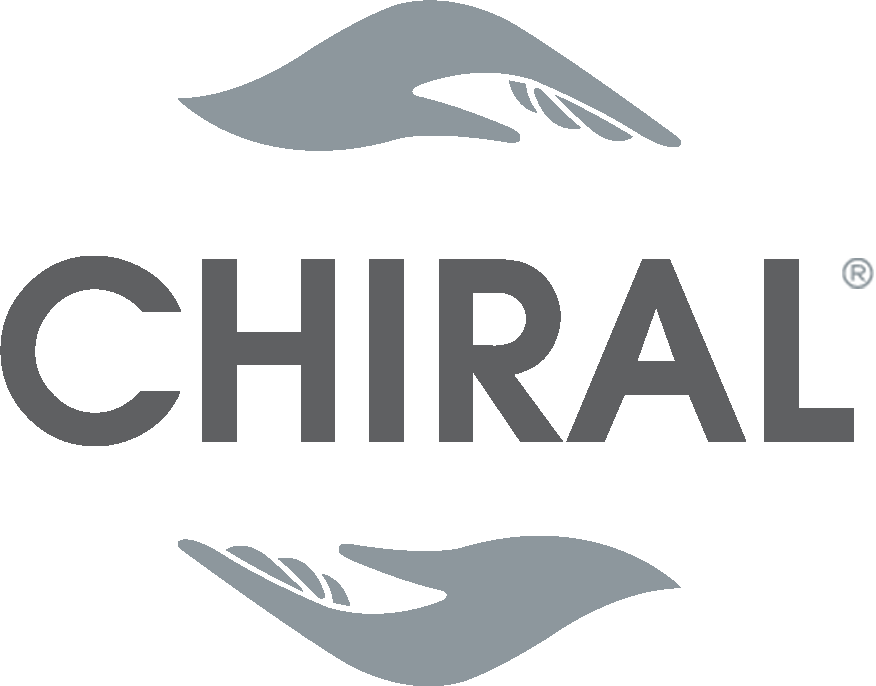
Our exclusive Chiral® Technology
Why does DNA have its right-handed double helix, and why are chiral amino acids in proteins only of the left-handed variety?"Chirality" has puzzled scientists for well over a century. Louis Pasteur famously discovered molecular chirality in his meticulous experiments in 1848. He separated by hand the mirror-image forms of salts of tartaric acid and saw that their solutions will rotate the plane of polarised light in opposite directions. 'There is no doubt,' he wrote in 1860, 'that there is a grouping of the atoms [in tartrate ions] of an asymmetric type that is not superposable on its mirror image.'
A Chiral molecule has a mirror image that cannot line up with it perfectlythe mirror images are non superimposable. The mirror images are called enantiomers.
But why are chiral molecules so interesting?
Chirality is a particularly important concept in biology, because cells are mostly composed of chiral molecules. Small chiral molecules such as amino acids and sugars are the building blocks of larger molecules, such as proteins and nucleic acids, which are also chiral.
A chiral molecule and its mirror image are called enantiomers; one is dextrorotatory (D) and the other is levorotatory (L). Ordinary chemical reactions produce L- and D-molecules in equal amounts, referred to as a racemic mixture. However, related biological molecules have the same chirality; most amino acids are L and most sugars are D. This situation is called homochirality, and the homochirality of biological molecules is a characteristic of all living things. D-amino acids are very rare in cells, although some specific activities of D-amino acids have been identified.
A chiral molecule and its enantiomer have the same chemical and physical properties (boiling point, melting point,polarity, density etc...).
It turns out that many of our biological molecules such as our DNA, amino acids and sugars, are chiral molecules.
It is pretty interesting that our hands seem to serve the same purpose but most people are only able to use one of their hands to write.
Similarily this is true with chiral biological molecules and interactions.
Just like your left hand will not fit properly in your right glove, one of the enantiomers of a molecule may not work the same way in your body.
Some of our exclusive Dermorevision® Chiral® pure actives are:
A chiral molecule and its enantiomer have the same chemical and physical properties (boiling point, melting point,polarity, density etc...).
It turns out that many of our biological molecules such as our DNA, amino acids and sugars, are chiral molecules.
It is pretty interesting that our hands seem to serve the same purpose but most people are only able to use one of their hands to write.
Similarily this is true with chiral biological molecules and interactions.
Just like your left hand will not fit properly in your right glove, one of the enantiomers of a molecule may not work the same way in your body.
Some of our exclusive Dermorevision® Chiral® pure actives are:
- L-Glutathione
- L-Proline
- L-Glycine
- L-Mandelic Acid
- L-Lactic Acid


